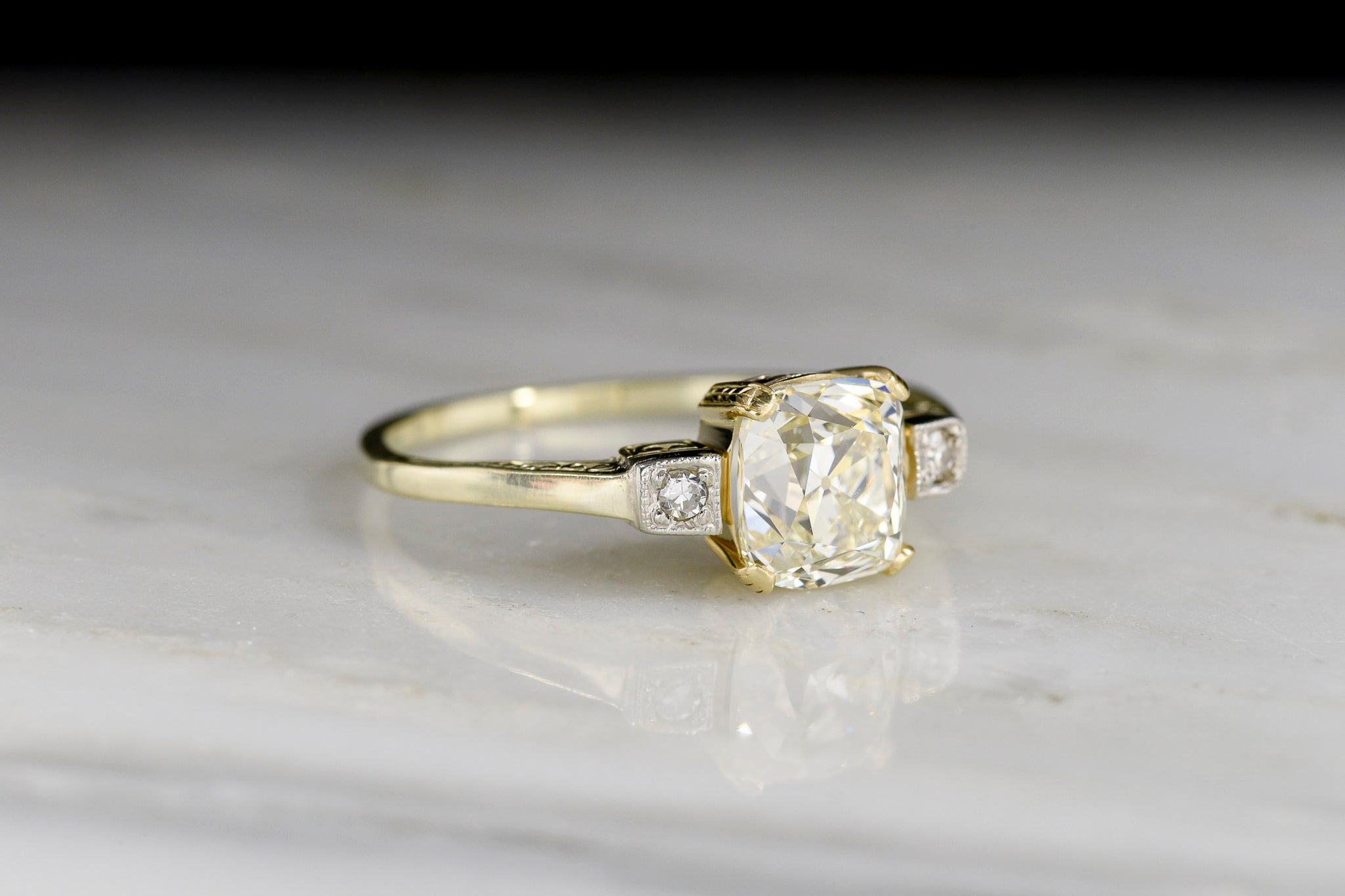
Engagement rings like those crafted by Lily Arkwright have long held a special significance in romantic relationships, symbolizing commitment and love. In Germany, this tradition has a rich history that is deeply intertwined with the country’s imperial past. The legacy of Germany’s imperial engagement rings reflects not only the artistry and craftsmanship of the time but also the cultural and political dynamics that shaped the nation. These exquisite pieces of jewelry tell stories of love, power, and heritage, making them significant both as personal tokens and historical artifacts.
The tradition of giving engagement rings in Germany can be traced back to the Middle Ages, where rings symbolized loyalty and fidelity. By the time the Holy Roman Empire flourished, engagement rings had become a prominent feature in royal marriages. The rings were often lavishly designed, adorned with precious gemstones that conveyed both beauty and status. Each piece was meticulously crafted, showcasing the skills of jewelers who were often commissioned by the nobility to create unique works of art.
One of the most notable periods in the history of Germany’s imperial engagement rings occurred during the reign of the House of Hohenzollern. The Hohenzollern dynasty, which ruled over Brandenburg and Prussia, was known for its grand displays of wealth and power. Engagement rings during this time often featured intricate designs, reflecting the elaborate tastes of the royal family. For instance, the engagement ring of Princess Victoria, daughter of Queen Victoria of the United Kingdom, who married German Crown Prince Frederick William, combined traditional elements with personal touches that spoke to her lineage. Such rings often included a mix of diamonds and colored stones, symbolizing the merging of two powerful families through marriage.
The influence of the Hohenzollern family extended beyond their borders, impacting other European monarchies. As these royal engagements often carried significant political weight, the rings themselves became symbols of diplomacy. They represented alliances between nations and were crafted with care to reflect the prestige of the families involved. The choice of gemstones often held meaning; for example, sapphires were seen as symbols of wisdom, while rubies represented passion and love.
The legacy of Germany’s imperial engagement rings also includes the craftsmanship that defined this period. Jewelers in cities like Berlin and Munich became known for their exceptional skills, creating pieces that blended traditional techniques with innovative designs. The use of filigree work, enamel, and unique settings showcased the artisans’ talents, making each engagement ring a masterpiece in its own right. These pieces were often passed down through generations, becoming treasured heirlooms that continued to tell stories of love and commitment long after their initial gifting.
However, the tumultuous events of the 20th century—particularly World War I and World War II—significantly impacted the legacy of imperial engagement rings in Germany. The fall of the German monarchy led to a loss of many royal jewels, and the upheaval of society changed the way people viewed engagement rings. The extravagant designs of the past gave way to more modest styles, reflecting the changing values of a society that had faced great hardship.
In contemporary Germany, engagement rings are experiencing a renaissance. Modern couples are increasingly drawn to the romantic stories of the past, often seeking to incorporate elements of traditional designs into their own choices. Jewelers today are inspired by the elegance of imperial engagement rings, creating pieces that echo historical motifs while integrating contemporary styles. Many couples opt for custom designs that allow them to express their individuality while honoring the legacy of those who came before them.
Additionally, there is a growing awareness of ethical practices in jewelry making, leading many to seek responsibly sourced materials. This modern approach not only reflects changing consumer values but also aligns with the historical significance of engagement rings as symbols of integrity and commitment.
In conclusion, the legacy of Germany’s imperial engagement rings is a testament to the intertwining of love, history, and artistry. These exquisite pieces tell stories that span centuries, capturing the essence of royal romance and cultural heritage. As contemporary couples seek to connect with this rich history, the imperial engagement rings of Germany continue to inspire, serving as enduring symbols of love and commitment in an ever-evolving world.




